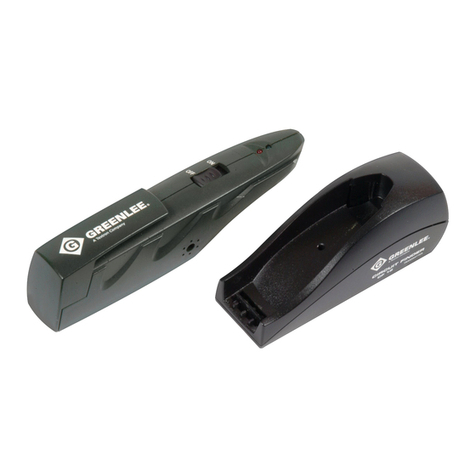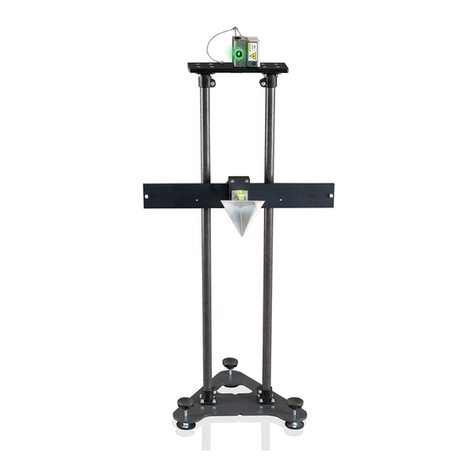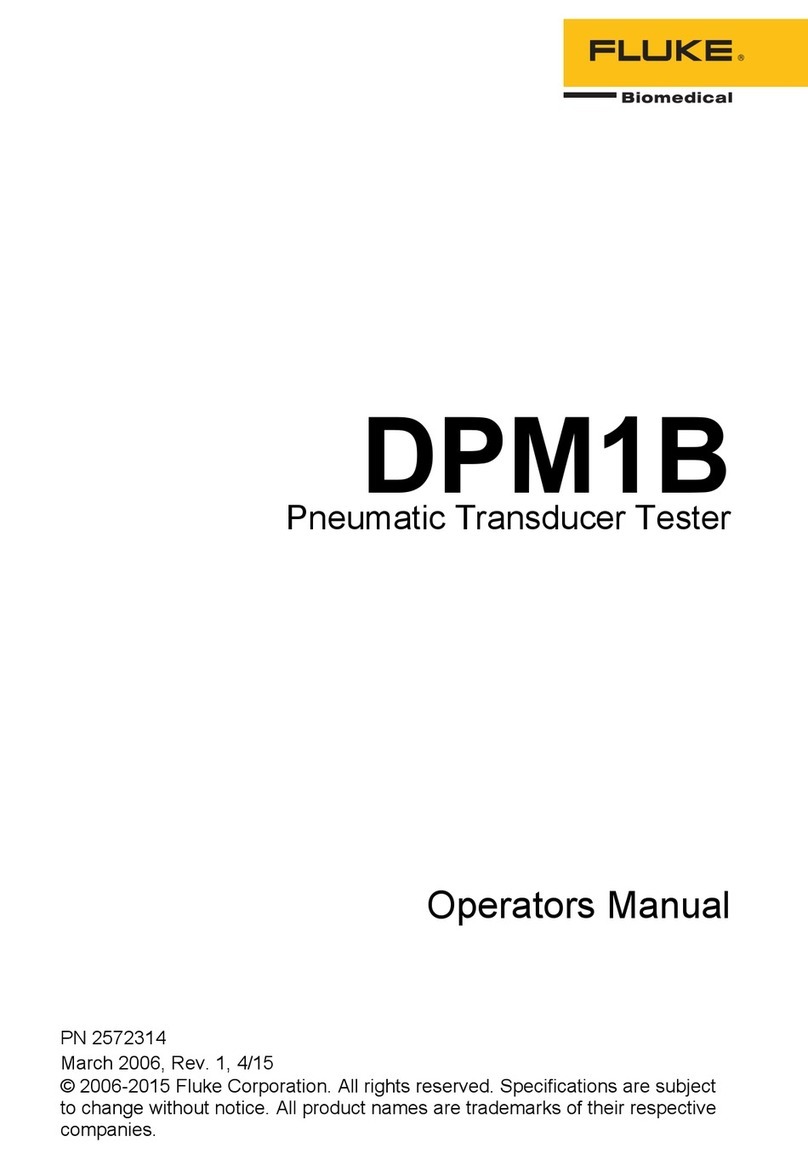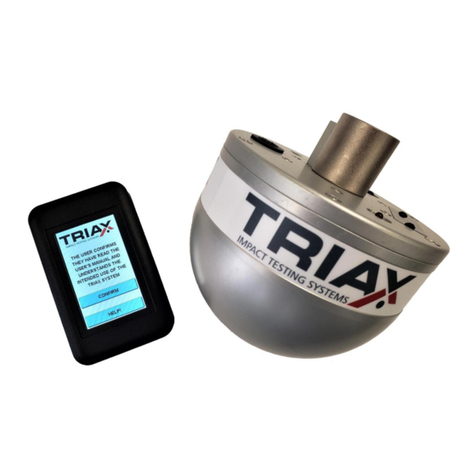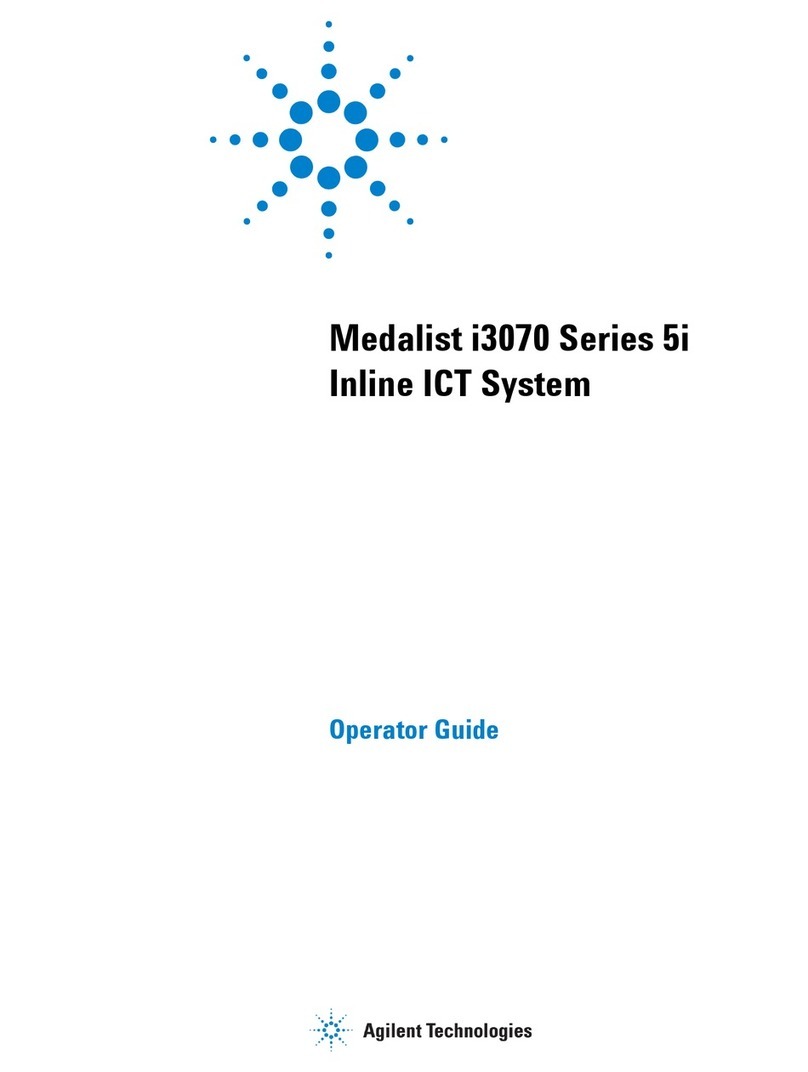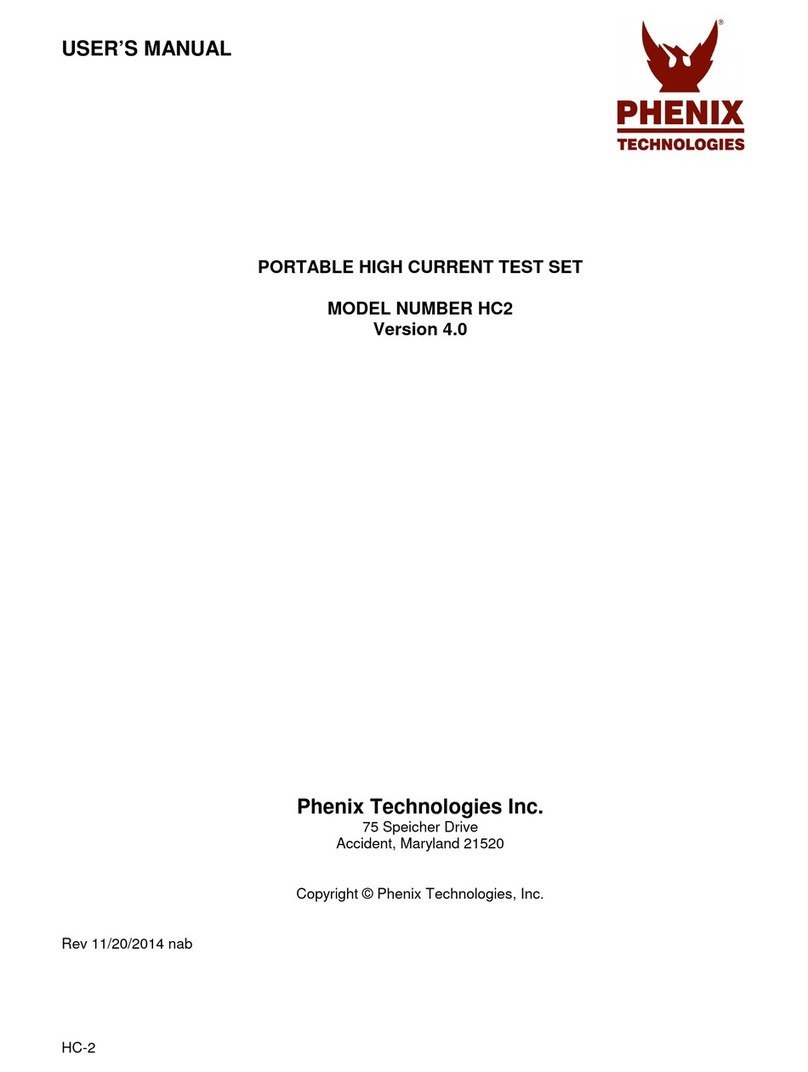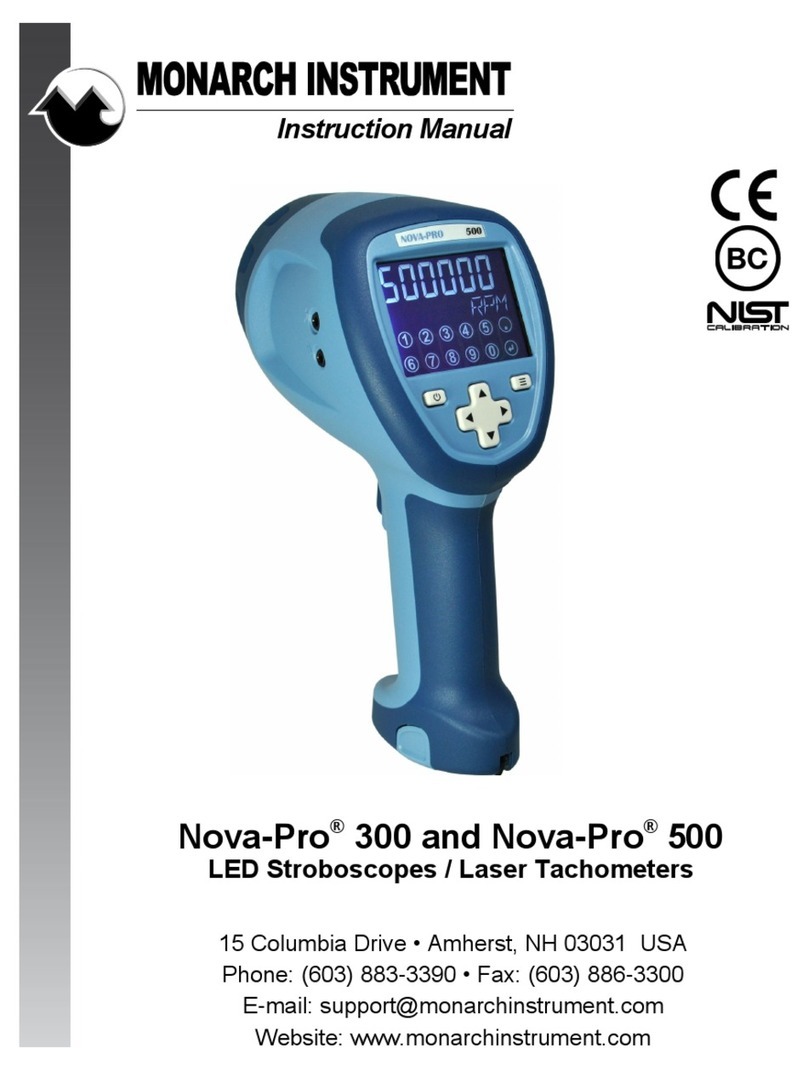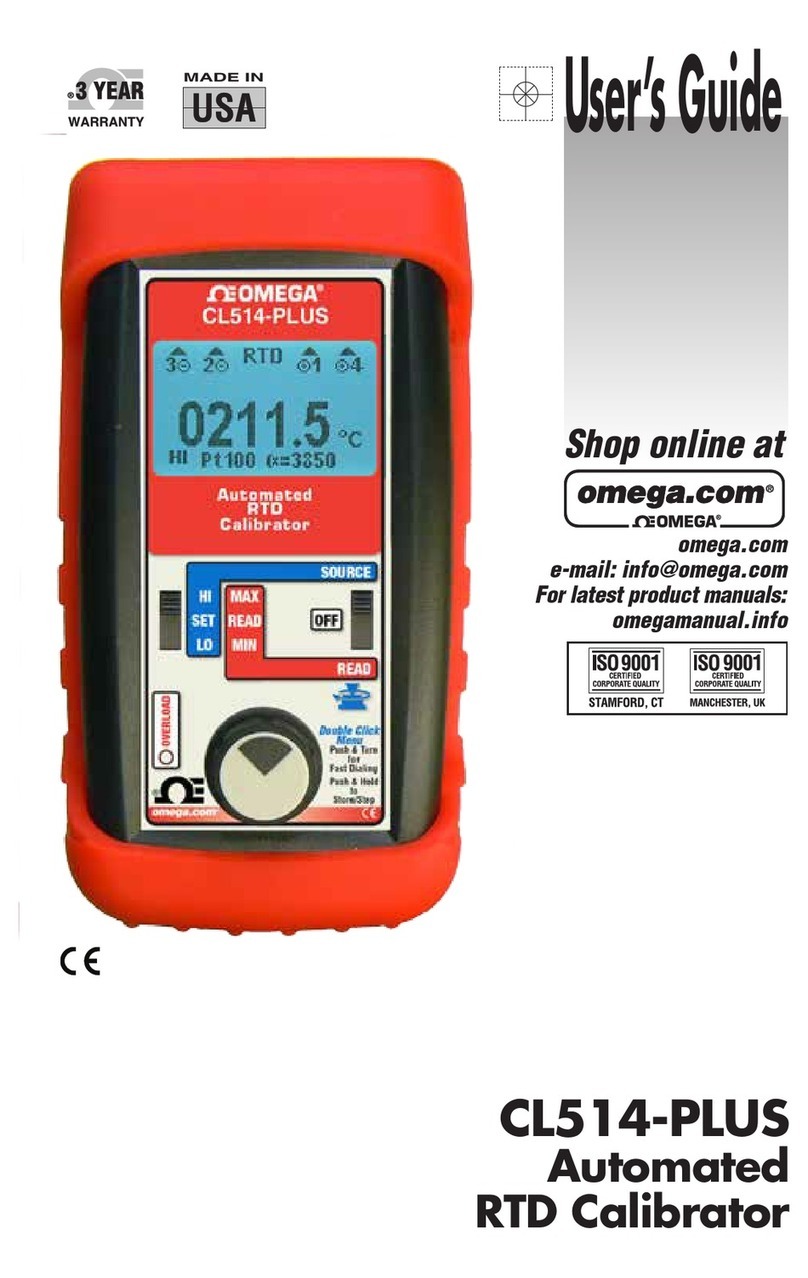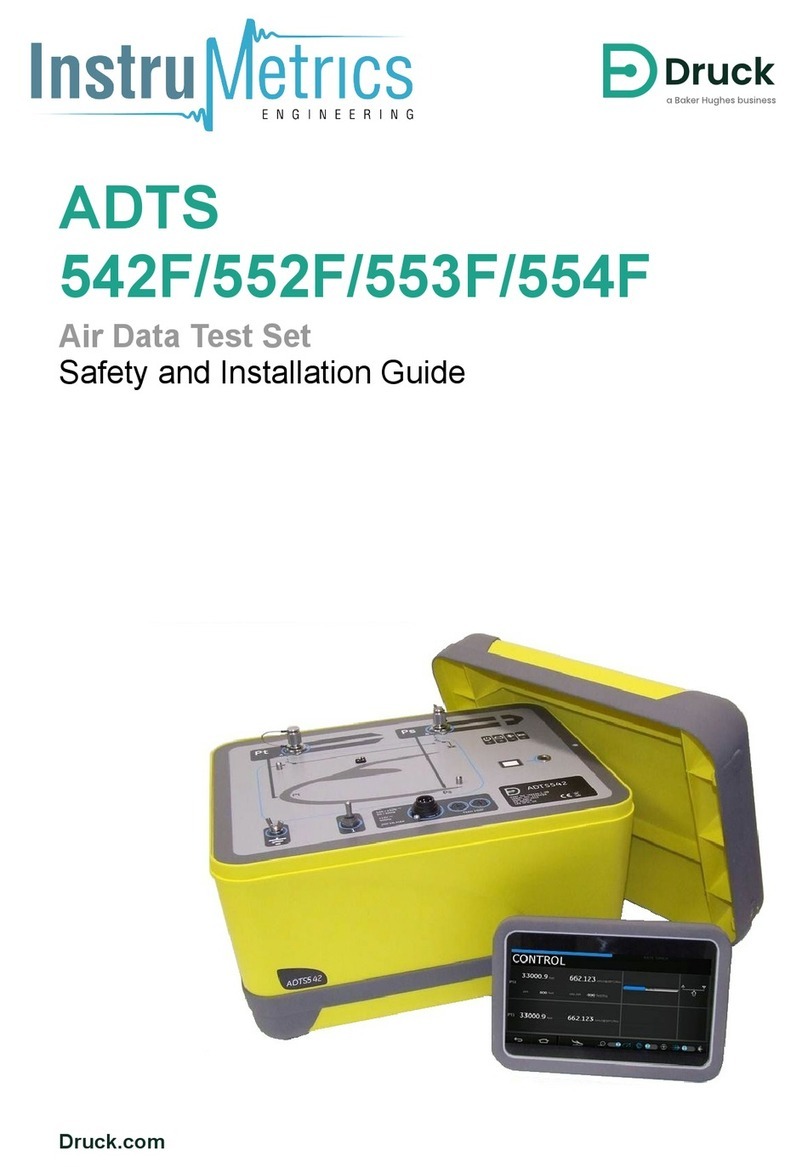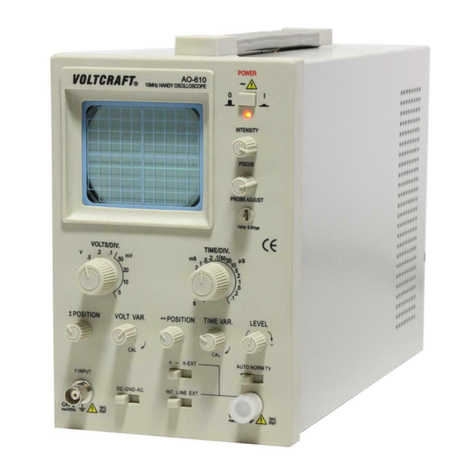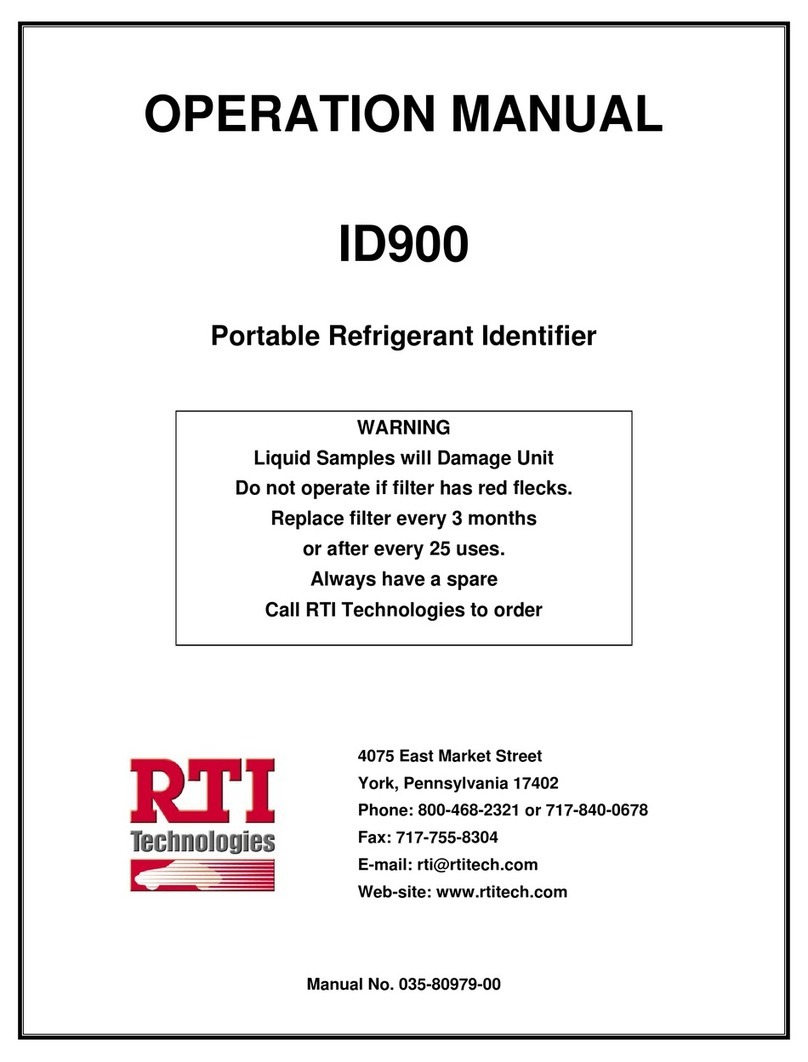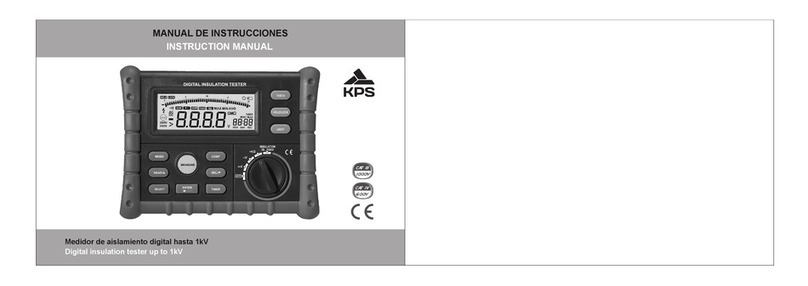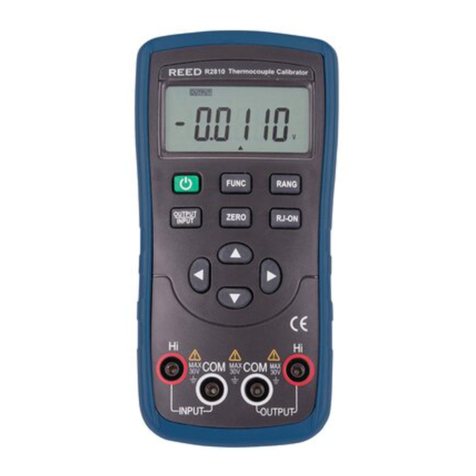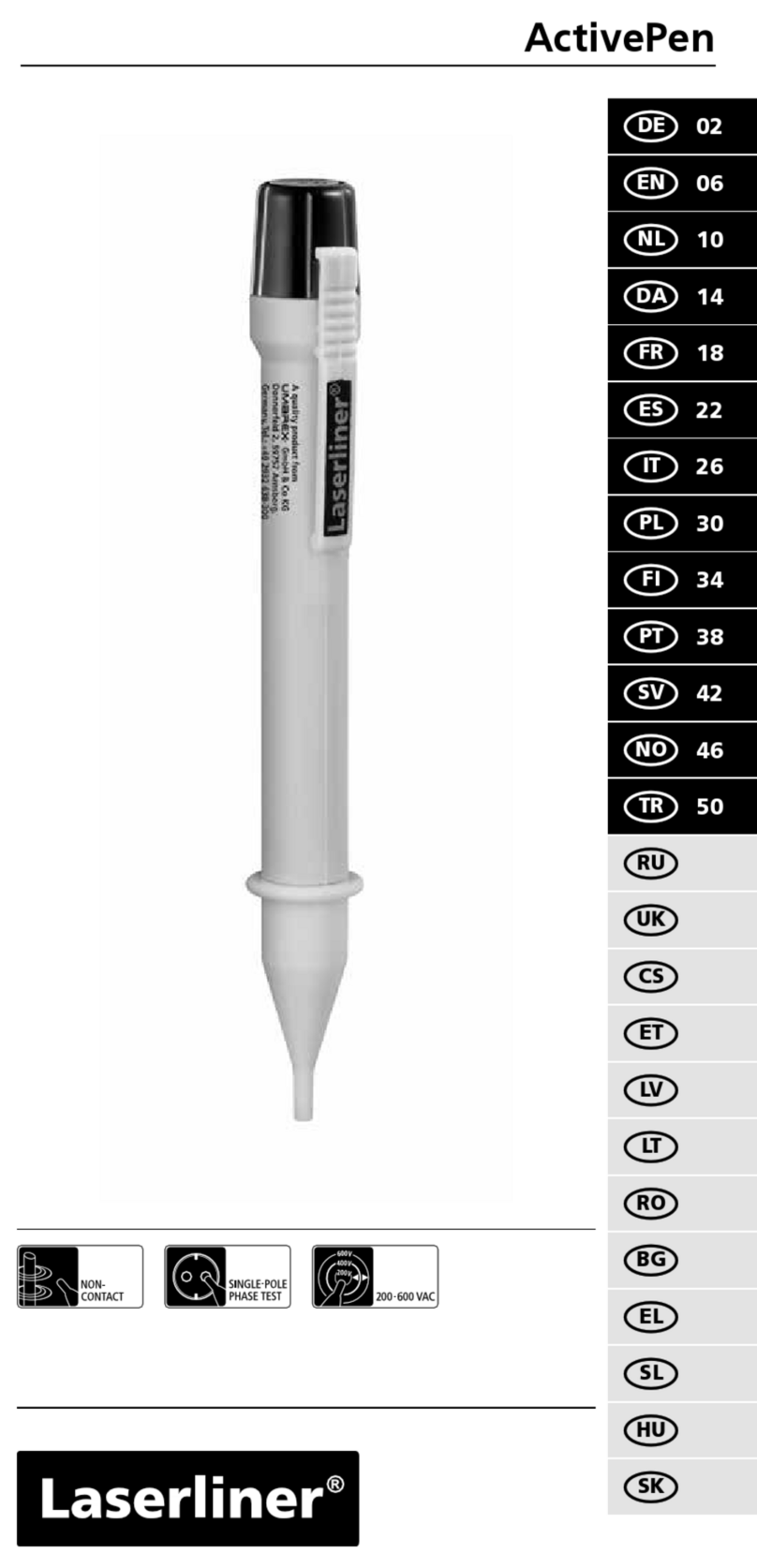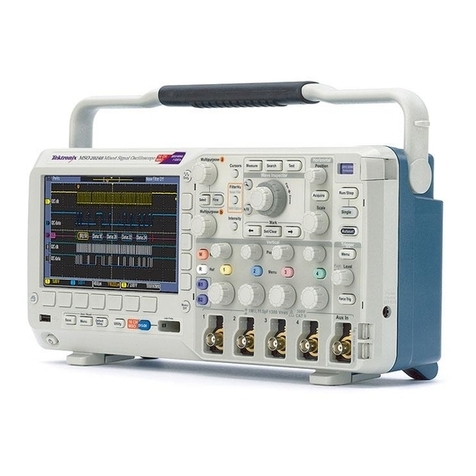IQ150 pH Probe: Care and Maintenance
Please read this document before using your IQ150 pH probe. The probe comes with a 6 month warranty which
covers manufacturing defects.
The background information listed on page 2 will be required before any warranty return can be
processed.
New probes and/or probes left in extended, dry storage
•STIR the probe in pH7 buffer solution to dislodge any bubbles. Probes should be soaked for, at least, 10
minutes.
•CLEAN any reference gel off the probe sensor and out of the rubber dust cap’s inside surface.
•CALIBRATE the probe. Calibrate first with pH7 buffer, then with pH4 buffer.
•CHECK the calibration by placing the probe back in the pH buffer. If the reading is incorrect, the probe is
not properly hydrated. Soak the probe in pH7 buffer for an additional 5 minutes and repeat the calibration.
•STORE DRY when not in use.
Note: New probes may have gel visible at the probe tip. This is normal. Remove gel by gently cleaning with a
soft toothbrush and soapy water. Be sure to clean gel from inside the rubber cap before replacing. Gel may
reappear for several days.
Tips for cleaning and maximizing probe life
•CLEAN SENSOR with a soft toothbrush using soap and water.
•RINSE probe thoroughly after any calibration, measurement, and cleaning.
•CAP the probe prior to long-term storage.
•USE fresh buffers and rinse solution.
•AVOID applications that can damage the sensor (acetone, toluene, methylene chloride, xylene and other
strong organic solvents).
•AVOID environments with static electricity. Electrostatic discharge (ESD) may permanently damage the
probe.
•AVOID temperatures over 60°C (140°F). Thermal cycling will reduce the life of the probe.
•DO NOT allow oil, fat, food particles, starch, protein, or other materials to remain on the probe tip after
use.
•DO NOT use a sharp object (needle, pin, etc.) to clean the sensor surface.
•DO NOT use the probe in environments that will damage the silicon chip sensor. This includes strong acids
or abrasive samples
Servicing a non-responsive probe
Soak the probe in a pH buffer. Sometimes soaking the probe for several hours, or even overnight will be
helpful. The manufacturer recommends soaking in a pH 4 buffer that is warm (maybe 40°C) as that will help
dissolve any crystals that may have come out of solution in the reference portion of the probe. If using warmed
buffer, the probe should only need to be soaked for about 20 minutes.
